Gas Cyclone
Categories: Engineering Lab EquipmentOne area of application of gas cyclones is the pre-filtration of solids from gases. Gas cyclones have no moving parts, and so are low-maintenance systems. Gas cylones can also be used in conjunction w...
Product
Description
One area of application of gas cyclones is the pre-filtration of solids from gases. Gas cyclones have no moving parts, and so are low-maintenance systems. Gas cylones can also be used in conjunction with high gas temperatures. For these reasons they are in widespread use.
A disperser is used to disperse the feed material (quartz powder recommended) finely in an air flow. The air flow laden with solid material (raw gas) in this way is fed tangentially into the cyclone at the top. In the cyclone, the air flow moves downwards as a rotating primary vortex. At the bottom of the cyclone the vortex is reversed. In the middle of the cyclone it moves as a secondary vortex back up towards the immersion tube, where the cleaned gas emerges from the cyclone. The main separation process takes place in the primary vortex. Owing to the centrifugal forces and the difference in density between the air and the solid, the coarse solid particles move towards the wall.
Learning Objectives/Experiments
Influence of solid content and volumetric air flow rate on
Pressure loss at the cyclone
Separation efficiency
Separation function and separation size (with suitable analysis device)
Comparison of pressure loss and separation efficiency with theoretically calculated values
Specification
Solid separation from gases with a cyclone
Cyclone with tangential inlet
Metering of feed material into the air flow with a disperser
Air flow generation by fan; adjustment by valve
Tanks for feed material and coarse material
1 filter at air inlet and 1 filter for fine material at air outlet
Recording of differential pressure, volumetric air flow rate and temperature
Technical data
Cyclone
height: approx. 250mm
diameter: approx. 80mm
immersion tube diameter: approx. 30mm
Fan
volumetric flow rate: max. 600m3/h
power consumption: approx. 3600W
Tanks
feed material: 15mL
coarse material: 700mL
Measuring ranges
differential pressure: 0…100mbar
volumetric flow rate: 10…100m3/h (air)
temperature: 0…60°C
230V, 50Hz, 1 phase
230V, 60Hz, 1 phase; 120V, 60Hz, 1 phase
quick overview :
One area of application of gas cyclones is the pre-filtration of solids from gases. Gas cyclones have no moving parts, and so are low-maintenance systems. Gas cylones can also be used in conjunction with high gas temperatures. For these reasons they are in widespread use.
A disperser is used to disperse the feed material (quartz powder recommended) finely in an air flow. The air flow laden with solid material (raw gas) in this way is fed tangentially into the cyclone at the top. In the cyclone, the air flow moves downwards as a rotating primary vortex. At the bottom of the cyclone the vortex is reversed. In the middle of the cyclone it moves as a secondary vortex back up towards the immersion tube, where the cleaned gas emerges from the cyclone. The main separation process takes place in the primary vortex. Owing to the centrifugal forces and the difference in density between the air and the solid, the coarse solid particles move towards the wall.
Learning Objectives/Experiments
Influence of solid content and volumetric air flow rate on
Pressure loss at the cyclone
Separation efficiency
Separation function and separation size (with suitable analysis device)
Comparison of pressure loss and separation efficiency with theoretically calculated values
Specification
Solid separation from gases with a cyclone
Cyclone with tangential inlet
Metering of feed material into the air flow with a disperser
Air flow generation by fan; adjustment by valve
Tanks for feed material and coarse material
1 filter at air inlet and 1 filter for fine material at air outlet
Recording of differential pressure, volumetric air flow rate and temperature
Technical data
Cyclone
height: approx. 250mm
diameter: approx. 80mm
immersion tube diameter: approx. 30mm
Fan
volumetric flow rate: max. 600m3/h
power consumption: approx. 3600W
Tanks
feed material: 15mL
coarse material: 700mL
Measuring ranges
differential pressure: 0…100mbar
volumetric flow rate: 10…100m3/h (air)
temperature: 0…60°C
230V, 50Hz, 1 phase
230V, 60Hz, 1 phase; 120V, 60Hz, 1 phase
Product
Reviews
add Review
reviews
No Review Yet.
Copyrights © 2025 All Rights Reserved by Atico

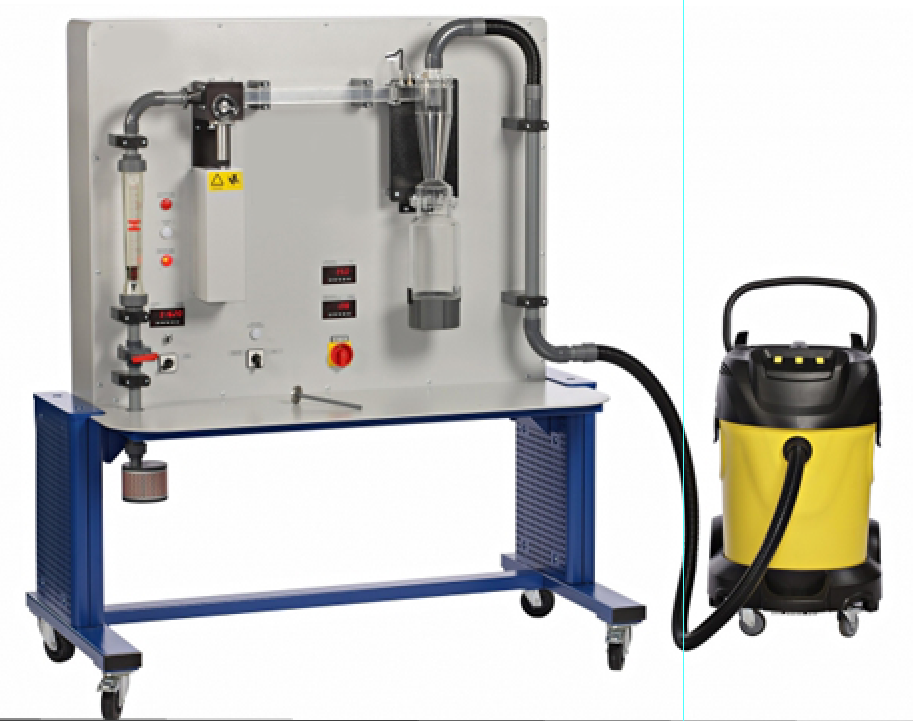






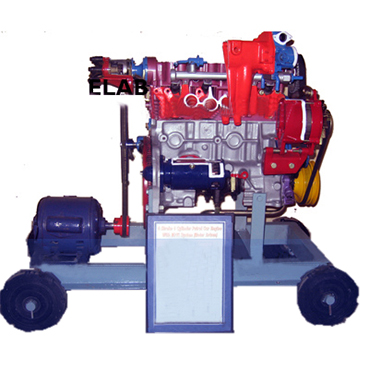

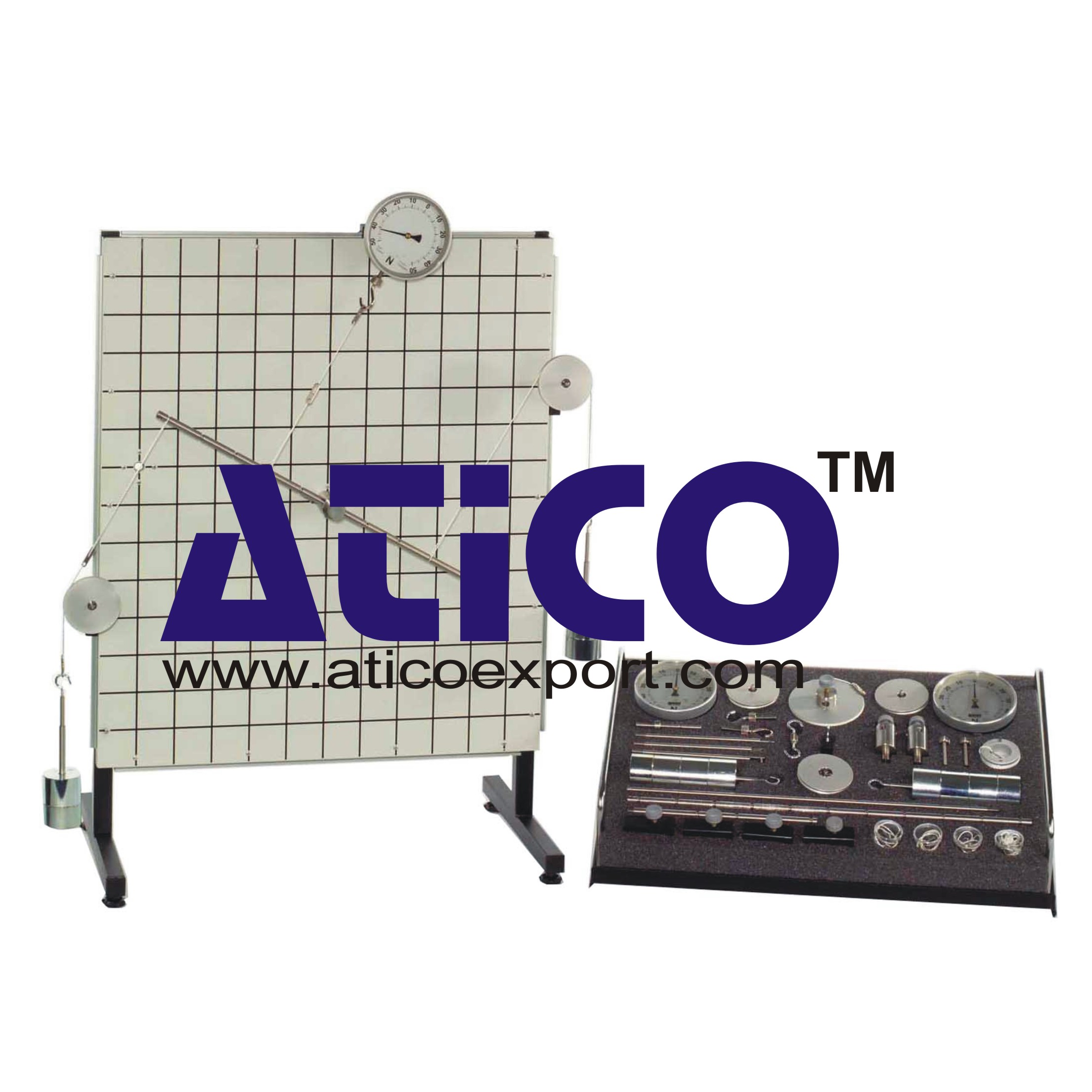

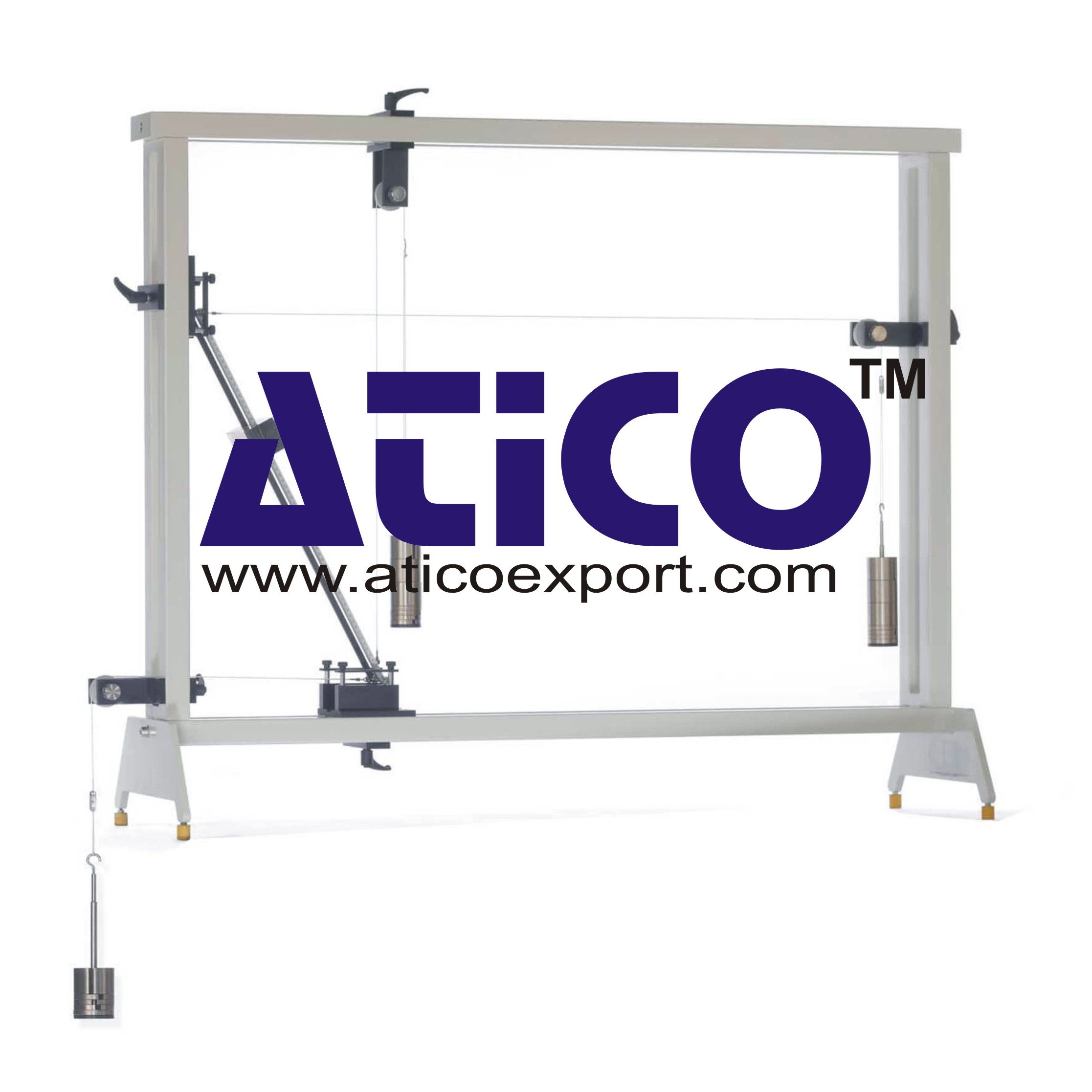
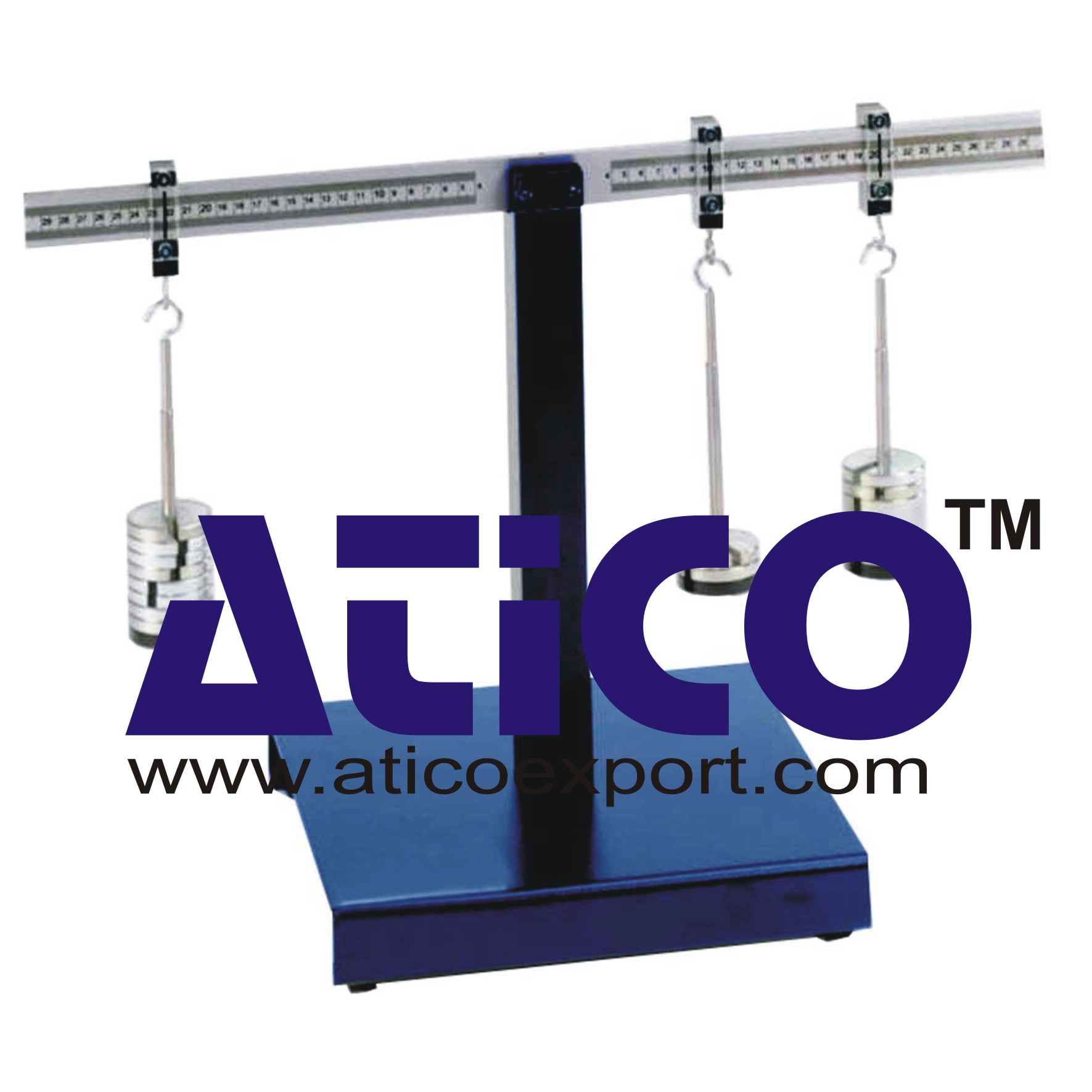
Product
Reviews
add Review
reviews
No Review Yet.